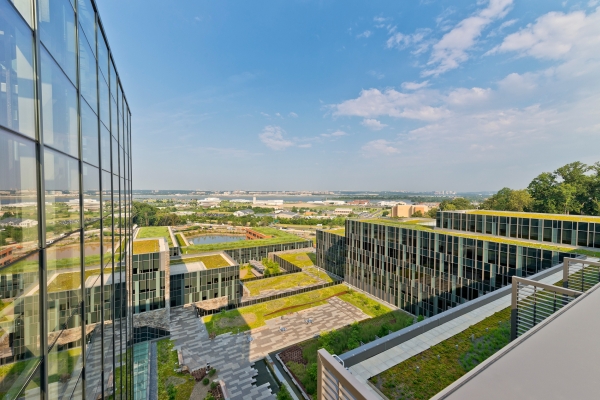Why Technology Alone Isn’t Enough
- مارس 20, 2025
- 2 minutes

In our rush to solve global environmental challenges, we often fall into the trap of seeking purely technological solutions. However, the reality is more nuanced: while we possess many of the technical tools needed to address our most pressing environmental issues, the barriers to implementation often lie in the complex web of social, economic, and political systems that govern our world.
The Reforestation Paradox
Consider reforestation. The act of planting trees is straightforward – it’s a technology that humans have mastered for millennia. Trees effectively sequester carbon, restore biodiversity, prevent soil erosion, and improve air quality. Yet despite these clear benefits and our technical ability to plant trees at scale, global deforestation continues to outpace reforestation efforts. The challenge isn’t in the “how” of planting trees, but in navigating the intricate maze of land rights, economic incentives, political will, and social behaviors that influence forest conservation and restoration.

Renewable Energy in Agriculture: A Similar Story
Similarly, look at renewable energy adoption in agriculture. Solar-powered irrigation systems represent a proven technology that can reduce both carbon emissions and operating costs for farmers. The technical solution exists and works well. However, widespread adoption faces numerous systemic barriers: initial investment costs, resistance to changing traditional practices, lack of technical training, and sometimes conflicting agricultural policies that continue to incentivize fossil fuel use.
The Need for Systems Thinking
These examples highlight a crucial insight: solving environmental challenges requires more than just technical expertise. We need systems thinkers who can:
Understand the interconnections between different stakeholders and their motivations
Navigate complex regulatory and policy landscapes
Design solutions that address both environmental and socioeconomic needs
Create innovative financing mechanisms that make implementation feasible
Build coalitions across different sectors and interest groups
The path forward lies not in developing new technologies alone, but in cultivating a new generation of problem solvers who can bridge the gap between technical solutions and real-world implementation. These individuals must be able to work across disciplines, understand various stakeholder perspectives, and create solutions that address both environmental and human needs.
#SystemsThinking #Sustainability #Innovation #Environment #Policy #Reforestation










